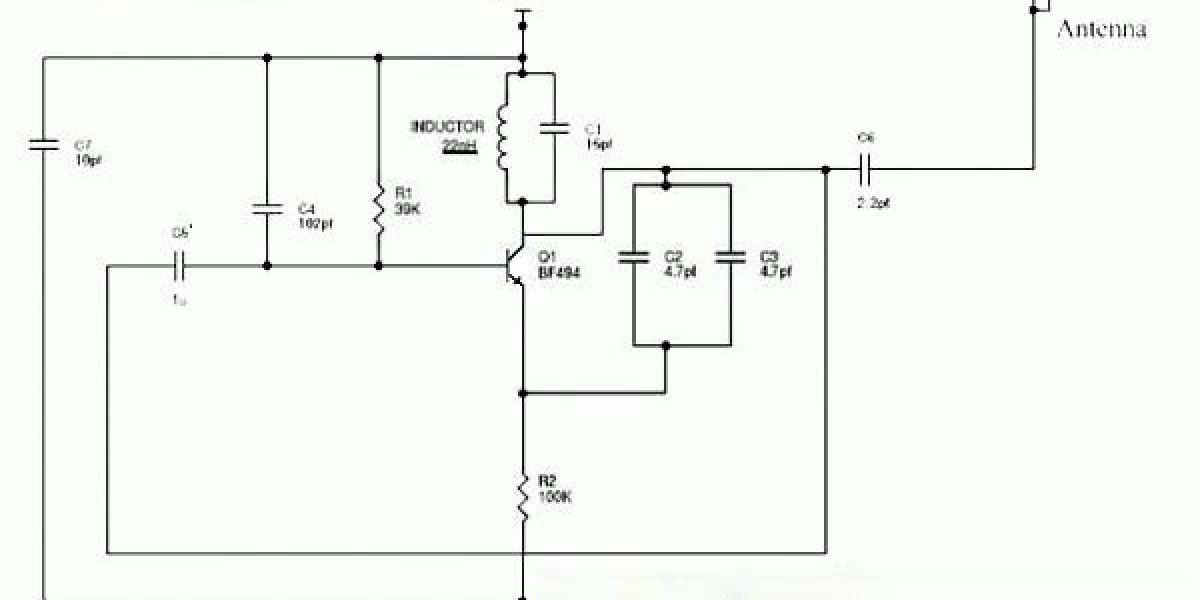
We all need those peaceful moments after a busy day. But when the telephone bell rang always around, at times it can be downright annoying to hear your phone ringing especially at places you expect silence. we can do something about it?
Maybe we need to try to DIY a jammer ourselves. Though it may sound like a complicated process making your own cell phone jammer is not really a rocket science. You can make a cell phone jammer at homemade. Well, let’s start making jammers
Understand the working principles
Now, before constructing one, let’s just know how it works in the first place. This cell phone jammer operates at GSM800 frequency since most mobile phones use it to operate. So the selected VCO is a sweeping oscillator, which is very effective but may be hard to construct for the beginners without nice RF-testing equipment.
What equipment do you need for DIY cellphone jammer?
- 1. You need a clock oscillator operating at a frequency range of 45MHz as a noise source to drive the Local Oscillator port which is located on a mini-circuit mixer. There is also an impedance matching network for the Local Oscillator signal to pass through it. It is used to equate impedances of the clock oscillator and the port of the mixer.
- 2. Also, you’ll need a good RF-testing equipment, an aluminium box, ultra-high frequency connectors which can be found in old phones, 9-volt battery, and a voltage regulator. RF input (which is this port of the mixer) connects to the first 800MHz cell phone antenna, and the RF output is sent to the mini-circuit amplifier. This amplifier increases the output power for 15-16dbm. The amplified signal is then sent to the second cell phone antenna.
Know how it works
All cell phones which use GSM800 have their transmitted and received frequencies always separated by 45MHz. So when the mobile phone tries to call, it is blocked by its own signal returning to it!
Start making
- 1.Use the aluminium box as the outer frame as protection for the equipment.
- 2.Use the ultra-high frequency connectors as sources for input and output
- 3.Now, attach the RF connectors to the mini-circuit mixer
- 4.Supply power using the 9-volt battery and voltage regulator to all the components
- 5.Place a power on/off button on top of the aluminium body
- 6.Lastly, connect the input and output antennas to the ultra-high frequency connectors
- 7.Turn on the button to start jamming signals
